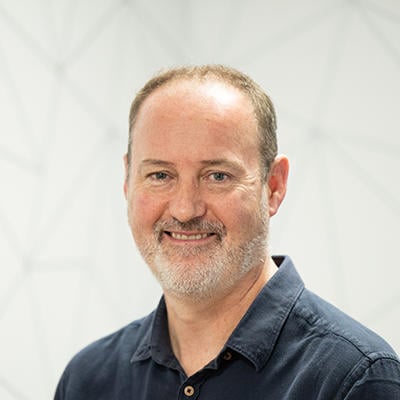CERAWeek voices: Future climate mitigation

Sustainable energy technologies like wind power, solar PV and battery storage have come a long way in a comparatively short time but have yet to reach their full potential.
The future of climate mitigation technologies was a hot topic at the CERAWeek 2024 event in Houston, US.
Delegates explored the most promising breakthroughs, the challenges of global carbon management and the impact of factors ranging from generative AI to the US Inflation Reduction Act (IRA).
Here are some of the key takeaways.
AI creates a world of opportunities
As with many aspects of our lives, AI is predicted to have a vital impact on future climate mitigation strategies.
“AI obviously has a hugely important role to play,” said Jonathon Silver of Apollo Global Management, and Chair, Global Climate Council, speaking at the panel session Unveiling the Latest Breakthroughs in Climate Mitigation.
“It’s going to be meaningful in water remediation, it’s going to be meaningful in crop rotations, it’s going to be meaningful across the spectrum,” he said.

The panel discussed several use cases, including using AI, satellite data and ground-based sensors to predict and prevent methane leaks before they happen.
AI, quantum and high-performance computing could usher in a new era of scientific discovery, with applications processing millions of materials to discover substitutes for in-demand energy-transition minerals.
Power-hungry processing systems like this will increase the energy burden and its associated emissions and need to be fuelled sustainably, but they could ultimately reduce processing time from years to hours.

A new era of carbon management
The US and Europe will need to invest more than $1 trillion to build the infrastructure required for net zero, including technology for the use of hydrogen fuel and carbon capture, utilization and storage (CCUS), predicted Professor Dr. Emmanouil Kakaras, Executive Vice President NEXT Energy Business at Mitsubishi Heavy Industries (MHI) EMEA. This was later supported by the think tank, European Round Table for Industry.
Addressing the session on climate mitigation technologies, Professor Kakaras explained how President Biden’s IRA legislation has bolstered investment in new energy projects in these and other fields.
“It [the IRA] has created stimulus with no precedent,” he said.
“As a collateral effect, it creates some initiatives by European policymakers, so it has accelerated things in Europe.”
Newly incentivized projects face the problem of what to do with carbon captured from industrial flue gases using CCUS, or from the air using direct air capture.
“We think that a new era is coming on monitoring carbon, and we have introduced a carbon-capture-as-a-service approach,” said Professor Kakaras, outlining Mitsubishi Heavy Industries Group’s one-stop-shop carbon capture service to CO₂ emitters of all sizes.
“We are providing a black box, taking care of all the issues of carbon management technology — including liquefaction, docking it into carbon infrastructure — and the potential emitter is paying for the service and has nothing to do with permitting, or assessing the optimum technology solution,” he said.

Putting a premium on sustainability
Carbon management strategies have evolved from promises and plans to the actual delivery of solutions.
“The whole key of the IRA is to keep that CO₂ that’s been captured underground for a long time. Otherwise, you are not going to get paid,” Tak Ishikawa, President and CEO of MHI America told the panel of the CERAWeek session Accelerating Carbon Management.
However, it’s hard to justify a carbon capture project solely on the IRA incentives, as these must be divided between the various stakeholders: emitters, carbon capture sponsors, transportation and sequestration.
By embracing technologies like CCUS “emitters are able to create a clean product… which has to have intrinsic value”, he added.
“It might be the end customers or the industrial users of their product, but they need to be able to step up and pay that extra premium for that clean product.”
And this long-term thinking extends to other solutions.
“Our aim is to transform hard-to-abate industries with customers for the next 20, 30 or 40 years,” Hitoshi Kaguchi, President of GX Solutions at MHI Group told the CERAWeek audience.
Hard-to-abate sectors like industry, steel and cement manufacture will increasingly need to invest in decarbonization, which involves multiple stakeholders working in cooperation.
Without trust and partnerships, most pioneering projects aimed at mitigating the impact of the climate crisis won’t happen, Ishikawa concluded.
Discover more about MHI’s proprietary carbon capture technology





